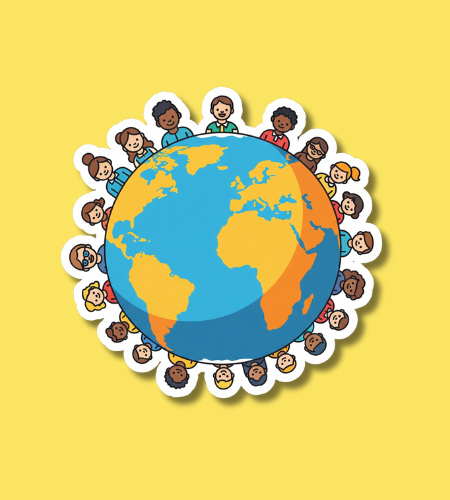World Population Day is observed on 11 July each year to shine a global spotlight on the many facets of population growth—and the human stories hiding behind the numbers.
History of World Population Day
World Population Day emerged after “Five Billion Day” on 11 July 1987, when the UNFPA recognized the world’s population had reached roughly five billion—sparking widespread interest. In response, the UN Development Programme’s Governing Council officially designated 11 July as World Population Day in 1989, with the first observance taking place in 1990 across more than 90 countries.
Over time, the focus evolved: from family planning and maternal health to broader issues such as gender equality, youth empowerment, aging societies, urbanization, and sustainable development. Today, it remains one of the UN’s major awareness days, encouraging governments and individuals to consider how population trends intersect with global challenges. 1
Why World Population Day matters
When I pause to think, World Population Day feels like a reminder that behind every statistic is someone’s life: their hopes, struggles, dreams. It encourages honest reflection—are health services, education, and reproductive rights really accessible to all? It’s not about alarmism, but about empathy. These numbers affect real people, and understanding them helps us respond with compassion.
On another level, this day prompts us to see the bigger picture: the population isn’t just a figure—it shapes economies, climate, and communities. It pushes policymakers, NGOs, and individuals to think holistically: ensuring access to contraception, supporting gender equality, and preparing for demographic shifts like aging or youth bulges. It reminds me that sustainable progress depends not just on resources, but on respecting every human’s potential.
- It reminds us that reproductive rights empower individuals and enrich societies
- It underlines the link between population trends and climate resilience
- It shows how informed family planning can uplift entire communities
- It encourages investing in education for young people—now and tomorrow
- It highlights that respecting choice and dignity is part of sustainable development
How to observe World Population Day
Observing this day doesn’t require grand gestures—just thoughtful, everyday actions. You might tune into an online event or read up on UNFPA’s latest reports about reproductive health and demographic trends. Or spark conversation: share a story or article with friends, ask them what they think about population and sustainability. These small steps open doors to deeper understanding and connection.
If you’re feeling more hands-on, volunteer with a local family‑planning service, or support a youth‑led rights group. Even small contributions—like helping spread accurate info online or joining a discussion group—can make ripples in awareness and change. And most meaningful? Listening. Hearing people’s experiences related to their family, health, or rights puts heart into statistics.
- Take a few moments to share a World Population Day post or infographic
- Volunteer with or donate to a community health clinic or rights group
- Join a webinar or local talk on reproductive health or gender
- Listen to someone’s personal story about family planning or life choices
- Talk about population and sustainability over coffee with someone
World Population Day Dates Table
| Year | Date | Day |
|---|---|---|
| 2026 | July 11 | Saturday |
| 2027 | July 11 | Sunday |
| 2028 | July 11 | Tuesday |
| 2029 | July 11 | Wednesday |
| 2030 | July 11 | Thursday |
Subscribe to our newsletter and never miss a holiday again!

